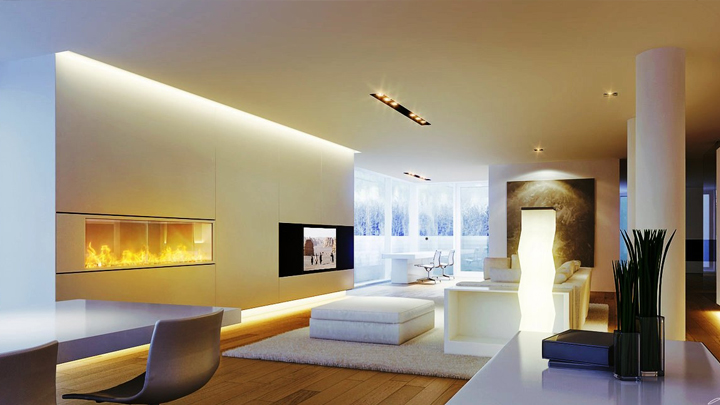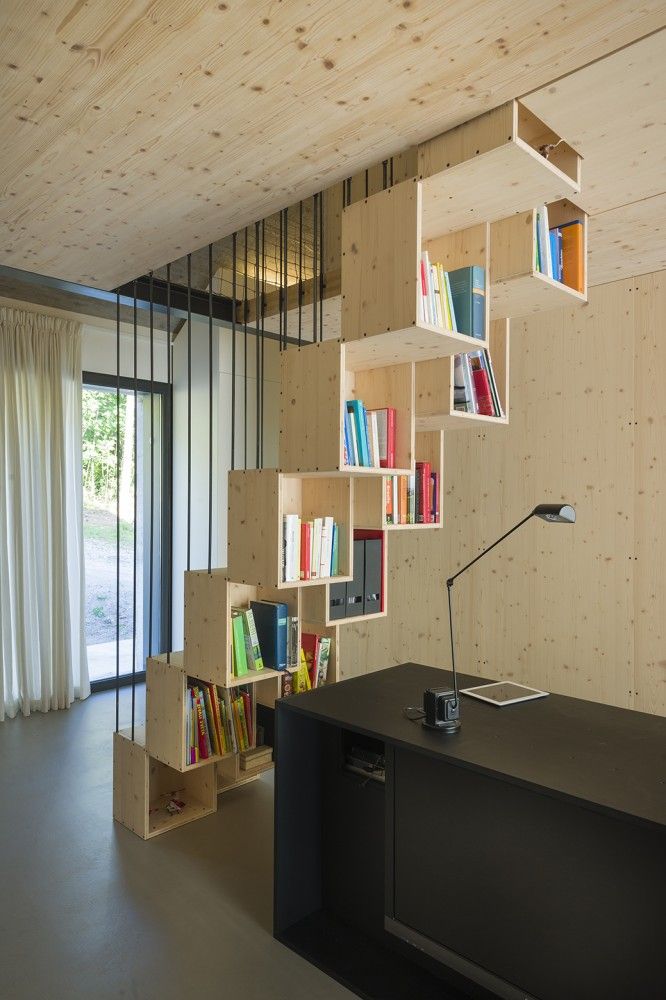They suppose a considerable energy saving, reason why they are a more sustainable option. In addition, they are more durable and safer than conventional light bulbs.
In other words, LED lights are a revolution in lighting. Now, do you really know all its advantages and disadvantages? Today we help you choose LED bulbs.

Saving, efficiency and durability
In recent years we have not stopped hearing about LED lights because of its many advantages. Energy efficiency is by far one of the many advantages of LED bulbs.
These low-cost lights save up to 90% compared to traditional light bulbs. In addition, they last up to 50,000 hours longer than incandescent bulbs.
Efficiency, durability and saving are not the only advantages that LED lights offer us. These bulbs just give off heat, so they are safer than conventional ones. In addition, they are easy to install and instant-on. To make matters worse, LED bulbs are ecological because they contain no toxic products. Therefore, these lights are a safer and more sustainable option than conventional light bulbs.
Intensity and color
One detail that you may not have known is that LED lights, being a digital technology, allows the installation of systems to control the intensity and color of the bulb.
And now that we know a little better the main features and advantages of LED bulbs, we will choose the ideal model for us. The first thing to know is that there are a variety of types of LED bulbs.

The cheap goes expensive
To be right in our choice, lighting experts recommend that we choose bulbs of well-known brands. The price is another variant to take into account. And should not forget that saying that cheap, in the end is expensive.
To give you an idea, a good quality LED bulb can reach 20 euros. On the contrary, cheaper models do not usually offer the same efficiency and quality. So in the long run they do not turn out as profitable as we thought.
You may also like to read another article on RealOrigin: Very decorative geometric floors
When choosing LED light bulb, we must focus on the following technical aspects:
The cap
First, the bushing. If you look closely, you will find that there are a variety of bushings that are incompatible between them (E27, E14 …). So we must write down the code of our home bulb to make sure we find a compatible one.
The power
The power. The amount of light emitted by each bulb is expressed in lumens (lm). The more lumens, the brighter the light emitted by the bulb. This is important depending on the type of stay we want to light. Do you want a brighter, brighter or softer light?

The useful life
The life of the bulb is another important aspect that we must keep in mind. Generally speaking, it is always said that LED bulbs have a life of up to 50,000 hours. To avoid surprises, it is advisable to note the manufacturer’s markings on the label. Some LED lights are cheaper, but their service life is shorter.
The color temperature
Experts also advise us to look at the color temperature that is expressed in degrees Kelvin (K). Around 2700 K are considered warm lights because their color temperature is yellow. Ideal for areas where rest is needed or where we need a more welcoming and soft lighting. While starting at 5000K, the lights are cool and intense because they have a more bluish tone.
The degree of openness
Finally, it should also be noted that LED bulbs have different degrees of aperture. That is, they can emit a more focused light (38) or general light (120), depending on the use that we are going to make of them.



